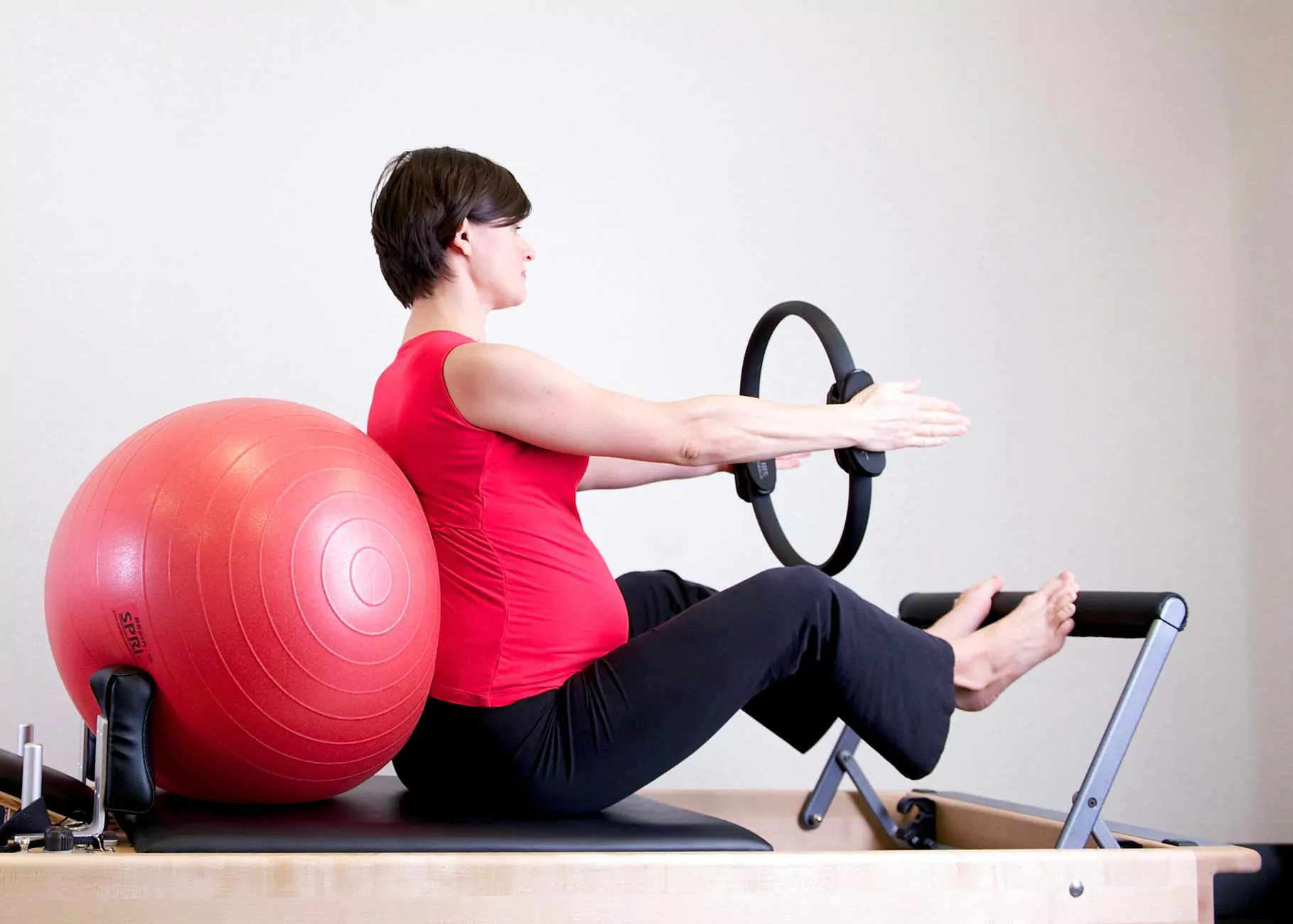Understanding Shoulder External Rotation: Importance and Techniques

Shoulder external rotation is a fundamental movement that plays a crucial role in our daily activities, sports performance, and overall shoulder health. This article aims to explore the significance of shoulder external rotation, its impact on our bodies, and effective techniques to enhance this essential movement.
What is Shoulder External Rotation?
Shoulder external rotation refers to the motion of the arm turning outward away from the body. Essentially, this movement occurs at the shoulder joint, where the humerus (the bone of the upper arm) rotates in a manner that increases the angle between the arm and the torso. This motion is vital for a range of activities, from throwing a ball to reaching backward.
The Anatomy of Shoulder External Rotation
To fully grasp the importance of shoulder external rotation, it is essential to understand the anatomical components involved:
- Humerus: The upper arm bone that rotates at the shoulder joint.
- Rotator Cuff: A group of muscles and tendons that stabilize the shoulder; it includes the infraspinatus and teres minor muscles, which are primarily responsible for external rotation.
- Scapula: The shoulder blade that works in conjunction with the humerus for smooth shoulder movement.
- Glenohumeral Joint: The ball-and-socket joint that allows for a wide range of motion in the arm, contributing to external rotation.
The Importance of Shoulder External Rotation
Shoulder external rotation is not merely a physical motion but a significant component of overall shoulder function. Here's why it is crucial:
- Joint Stability: Proper external rotation strengthens the muscles around the shoulder joint, enhancing stability and preventing injuries.
- Injury Prevention: Engaging in external rotation exercises reduces the risk of rotator cuff injuries, which are common among athletes and individuals engaging in overhead activities.
- Enhanced Performance: Whether you’re an athlete or an everyday individual, proper shoulder external rotation improves arm mechanics, leading to better performance in sports and daily tasks.
- Increased Flexibility: Regular practice of shoulder external rotation exercises promotes flexibility, ensuring a broader range of motion and healthier shoulder mechanics.
- Rehabilitation: In physical therapy, shoulder external rotation exercises are often a focus point for rehabilitation of shoulder injuries, helping patients regain strength and functionality.
Common Causes of Impaired External Rotation
Understanding the potential hindrances to shoulder external rotation is essential for maintaining healthy movement patterns. Common causes include:
- Injury: Sports injuries or accidents can lead to shoulder stiffness and restrictions in movement.
- Poor Posture: Sitting for long periods or slouching can tighten the muscles around the shoulder, limiting rotation.
- Muscle Imbalance: Weakness in the rotator cuff muscles can restrict movement and lead to compensatory patterns that further impede rotation.
- Age-related Changes: As we age, the shoulder joint may experience degenerative changes, affecting mobility and rotation.
Techniques to Improve Shoulder External Rotation
Improving shoulder external rotation involves a combination of stretching, strengthening, and mobilization techniques. Here are effective methods to enhance this vital movement:
1. Stretching Exercises
Incorporating stretching into your routine can significantly increase shoulder flexibility. Here are a few effective stretches:
- Doorway Stretch: Stand in a doorway with arms bent at 90 degrees. Lean forward gently until you feel a stretch in your chest and shoulders.
- Cross-Body Shoulder Stretch: Bring one arm across your body at shoulder height, using the opposite hand to pull it gently towards your chest.
- External Rotation Stretch: Using a towel, hold it with one hand and pull it towards your back with the other. This stretch targets the shoulder's external rotators.
2. Strengthening Exercises
Strengthening the muscles involved in shoulder external rotation is vital for functional movement. Consider the following exercises:
- External Rotation with Resistance Bands: Attach a resistance band at elbow height, stand with your side facing the band, and pull the band outward while keeping your elbow close to your body.
- Rotator Cuff Lifts: While lying on your side, hold a light dumbbell and lift it straight up, rotating your shoulder externally.
- Prone External Rotation: Lie face down with your arms hanging off the edge of a bench. Lift your arms out to the side, rotating your shoulders externally.
3. Mobilization Techniques
Incorporating mobility techniques can improve joint range of motion and overall function:
- Foam Rolling: Using a foam roller on the upper back and shoulder blades can release tightness affecting external rotation.
- Joint Mobilization: Engage in joint mobilization exercises under the guidance of a physical therapist to improve movement efficiency.
- Warm-up Routines: Prior to workouts or activities, include dynamic warm-ups targeting shoulder mobility, such as arm circles or cross-body swings.
Integrating Shoulder External Rotation into Daily Life
To maintain a well-functioning shoulder joint, it is important to integrate shoulder external rotation exercises into your daily routine. Here are practical tips:
- Set a Schedule: Dedicate a specific time each day to perform shoulder exercises, even if it's just 10-15 minutes.
- Incorporate into Workouts: Add shoulder external rotation exercises to your regular workout routine to ensure balanced muscle development.
- Use Reminders: Set reminders on your phone or calendar to prompt you to perform stretching or strengthening exercises.
- Stay Consistent: Regular practice is key to improvement. Make these exercises a non-negotiable part of your routine.
Consulting a Professional
While self-directed exercises can be beneficial, it's essential to consult with professionals, especially for those experiencing pain or significant limitations in movement. Physical therapists can offer personalized assessment and tailored rehabilitation programs. Moreover, chiropractors can assist with alignment and overall shoulder health through spinal adjustments and guided exercises.
Conclusion
Shoulder external rotation is a vital movement pattern essential for everyday function, sports performance, and overall health. Understanding its anatomy, importance, and effective exercises can help you maintain optimal shoulder health and minimize the risk of injuries. Whether you are an athlete or an individual seeking improved function, embracing the techniques mentioned in this article will lead to a healthier and more active lifestyle. Always consider seeking professional advice to ensure that you are using the correct techniques and maintaining a safe practice.
Embrace the journey toward better shoulder health and unlock your potential with improved shoulder external rotation.









